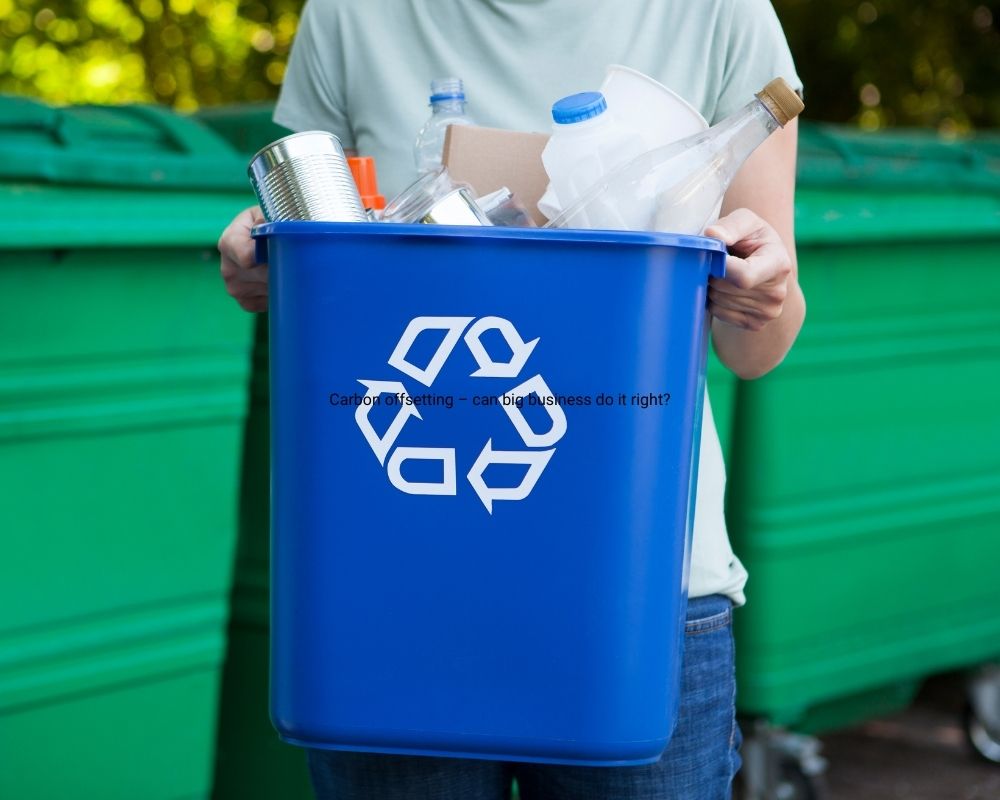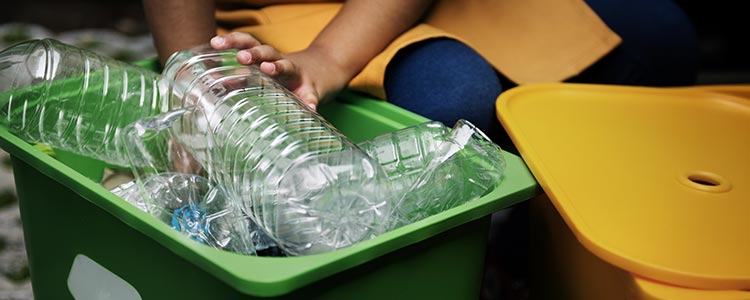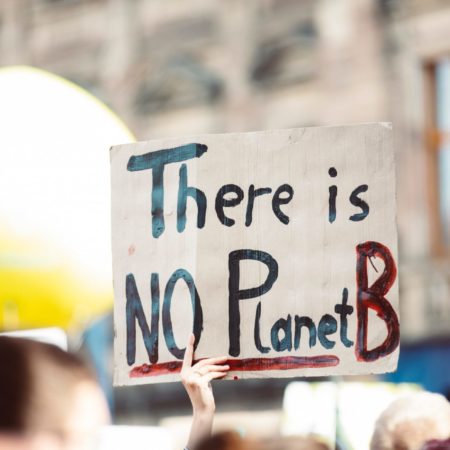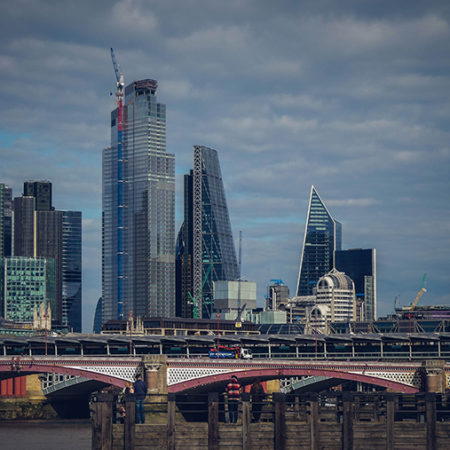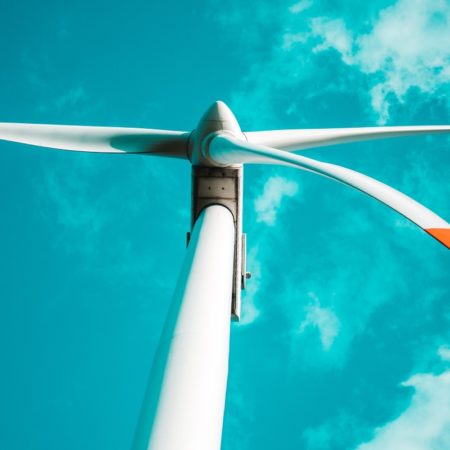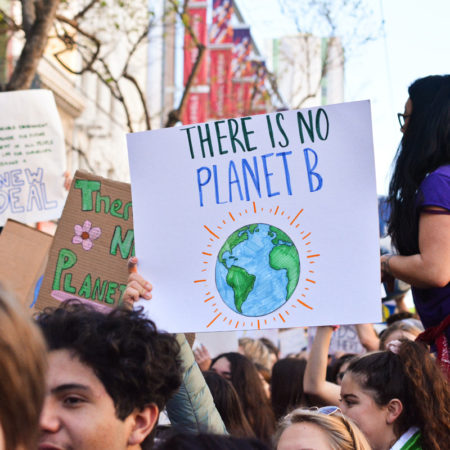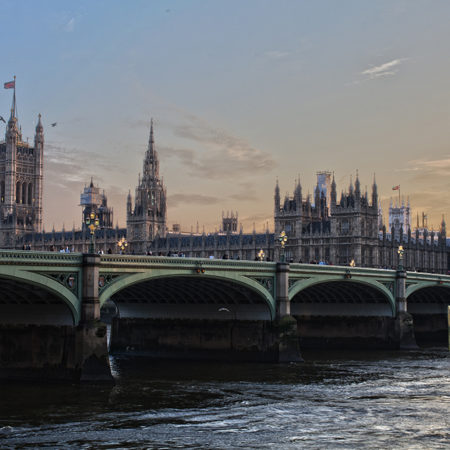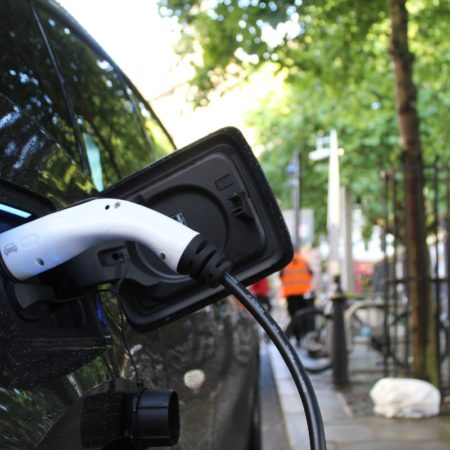As governments and businesses work out their strategies for reaching net zero emissions, there has been an understandably strong focus on energy: reducing use, improving efficiency and switching to renewable sources. However, many people are not aware that energy only accounts for 55% of total current greenhouse gas emissions. The remaining 45% of emissions are linked to making the things we use: food, clothes, steel, plastic, cement and more. If we focus exclusively on energy reduction, we won’t get much further than halfway to our net zero targets.
What should we be doing?
 We can’t tackle global emissions from producing goods if we keep following the prevailing model of extracting resources, producing items and then throwing them away. A 2019 report from the Ellen MacArthur Foundation says that we need “a fundamental shift in the way the economy functions and creates value”. Completing the Picture: How the Circular Economy Tackles Climate Change urges a move away from the “take-make-waste” linear model towards an economy that is circular and regenerative.
We can’t tackle global emissions from producing goods if we keep following the prevailing model of extracting resources, producing items and then throwing them away. A 2019 report from the Ellen MacArthur Foundation says that we need “a fundamental shift in the way the economy functions and creates value”. Completing the Picture: How the Circular Economy Tackles Climate Change urges a move away from the “take-make-waste” linear model towards an economy that is circular and regenerative.
A circular economy is an approach that takes into account our planet’s finite natural resources and finite capacity to absorb damage. It aims to reduce the extraction of raw materials and the generation of waste. This means thinking about the full life-cycle of a product, not just the period when it is being sold and used but how it can be created with the minimum impact on the environment and what happens to it when it is no longer useful.
The Completing the Picture report states that five key sectors are responsible for almost half of the emissions relating to the production of goods: cement, aluminium, steel, plastics and food. It explains how applying circular economy strategies in just these five areas could reduce production emissions by 49%. This would be an overall cut in emissions of around 22%, equivalent to making the UK’s entire transport emissions vanish.
What is the UK doing?
In December 2019, the UK government published an Insight paper on net zero, giving a rough sketch of what kind of measures for reaching net zero were likely to be debated in the new Parliament. The paper has a section called Waste in which it repeats an ambition originally expressed in the government’s Resources and Waste Strategy for England, to “move to a circular economy where materials are valued and reused”.
This sounds encouraging, but the actual progress on that waste strategy tells a different story. To give just one example, the deposit return scheme that should have been introduced in early 2019 has stalled at the consultation stage.
To get us on track for net zero, the government’s strategy for cutting waste emissions needs to be much more effective.
The Industry section of the Insight paper draws a similar conclusion to Completing the Picture, that a small number of industrial sectors are responsible for most of the UK’s emissions. (The government identifies eight sectors that are responsible for emitting around two-thirds of industrial carbon emissions, including cement, food and drink, iron and steel and paper.) However, the plan for improving industrial processes seems to focus on energy efficiency, carbon capture and storage and other technologies – very important, but not enough to decarbonise industry without addressing the issue of how industry can be adapted for a circular economy.
The Environment Bill comes in from 2022 and will include legally binding targets for waste. However, a circular economy doesn’t look at waste as a problem to be solved in isolation; it looks at the whole life-cycle of manufactured goods, starting from the extraction of resources needed to make those goods, and aims to minimise the amount of waste generated in the first place.
The challenge of public perception
Public confusion and lack of information means that there isn’t much awareness of the circular economy concept or why we need it. American media organisation NPR recently published a report: “How Big Oil Misled The Public Into Believing Plastic Would be Recycled”. It is part of a months-long investigation into the murky world of waste management, and shows how, in the United States, a lot of public messaging about plastics recycling actually originated with plastic companies wanting to improve their image.
“In the late 1980s, plastic was in a crisis. There was too much plastic trash. The public was getting upset.” The NPR report explains that the industry’s response was to fund pro-recycling adverts and recycling schemes to reinforce the idea that using plastic isn’t bad for the environment because it’s recyclable. NPR tracked down a dozen of these industry-backed recycling projects and found that they all failed because it’s more expensive to recycle plastic than to make new plastic out of oil. But they did the job of convincing the American public that recyclability makes single-use plastic acceptable.
The UK has its own issues with public confusion over plastic and other potentially recyclable material. Because recycling is devolved to local authorities, manufacturers can’t know for sure what any given consumer will be able to recycle. Councils make their decisions based on what facilities exist in the area and what is economical for them to collect. There is confusion between the “recovery rate” (what councils collect) and the actual recycling rate. The reality is that the UK does not have the infrastructure to recycle all its recyclable waste, so some of it is burned or sent to landfill.
Another common way to deal with materials such as plastic, metal and paper is to send it abroad for recycling. BBC documentary War on Plastic showed evidence that some of the plastic sent to be recycled overseas actually ends up in landfill. Hugh Fearnley-Whittingstall visited an illegal “recycling” plant in Malaysia where he was dwarfed by huge piles of dumped plastic and saw how plastic particles were polluting the nearby river. (Malaysia is now pushing back on plastic imports, and its environment minister has said the country will no longer be “a dumping ground to the world”.)
But most British people are confident that their “recycling” is indeed recycled, and this makes it harder to convince the public that more fundamental changes are needed to avoid generating so much waste in the first place.
Next steps towards a circular economy
A genuine commitment to a circular economy would mean that the UK stops generating more waste than it can handle, through investing in more recycling infrastructure and designing with waste reduction and reuse in mind. But it also means thinking about the potential of so-called “waste” rather than just looking for ways to make it go away. For example, the Steel Arising report from Cambridge University last year recommended that the UK move its steel industry away from primary production and towards recycled steel, as “the only future compatible with our goals for zero emissions”.
The Steel Arising report pointed out that we are missing an opportunity by seeing scrap as rubbish to be exported at low value. Instead, we should “nurture it as a strategic asset”. The move towards a circular economy will require every sector of the UK economy to re-evaluate its relationship with “waste” in order to get value out of every potential resource and begin to make a dent in that overlooked 45% of emissions.


